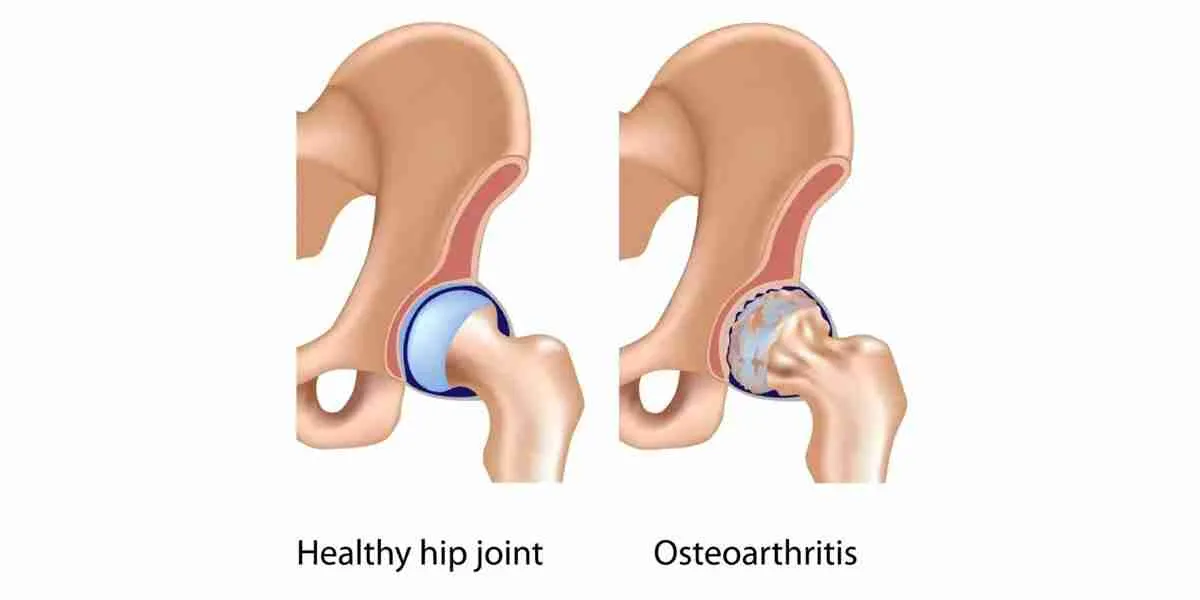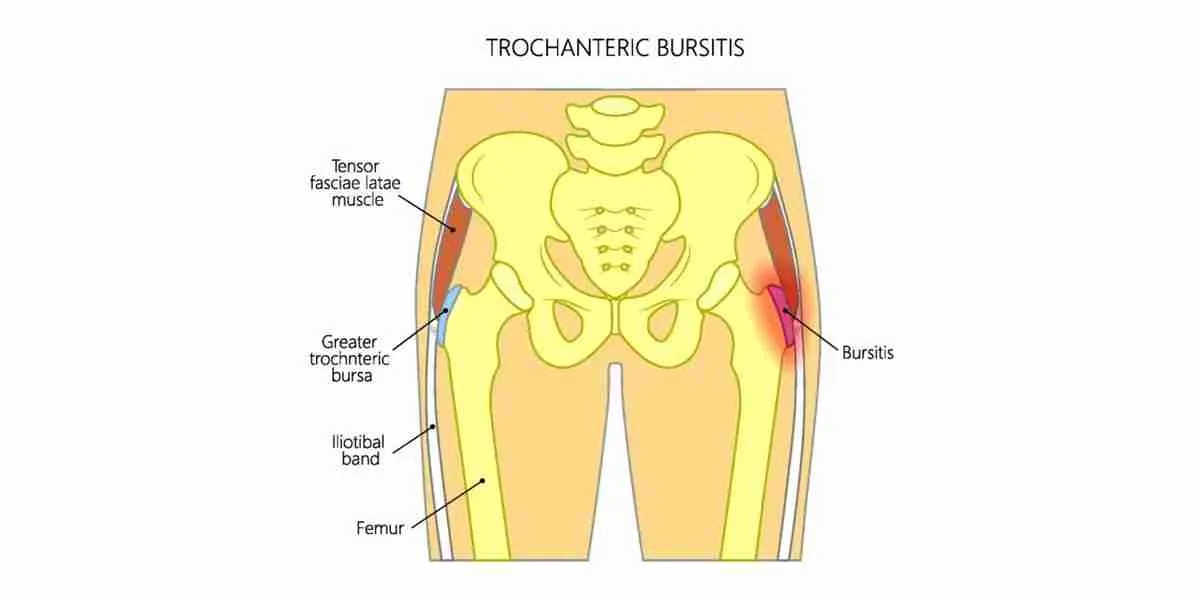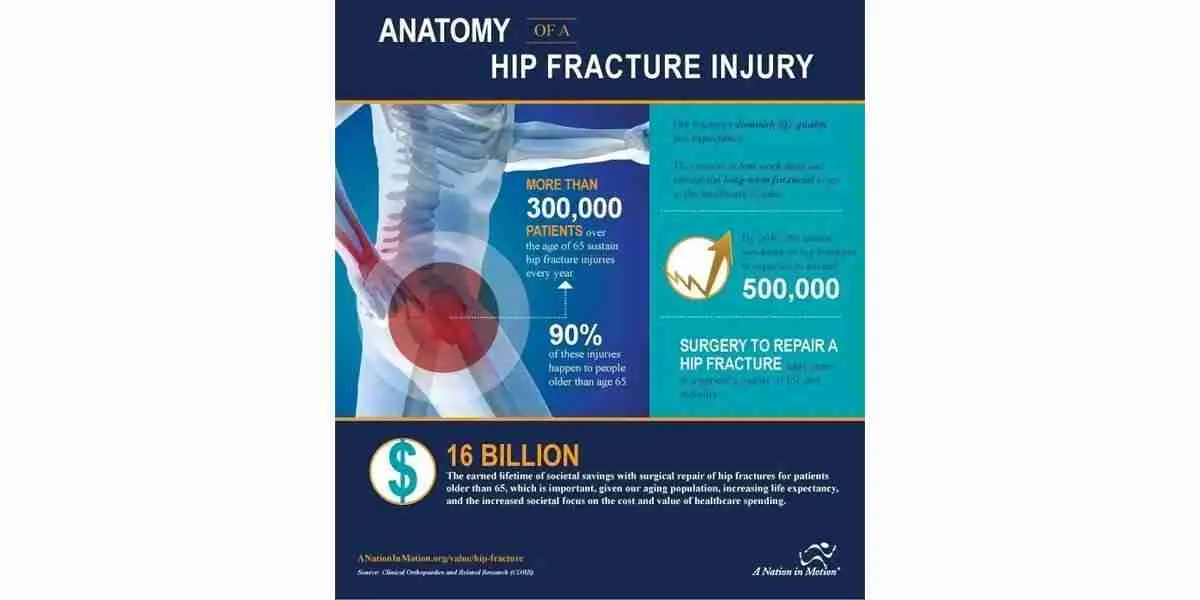Hip pain can be caused by a variety of factors throughout our lives. Pain may come on as a result of a traumatic event, from repetitive movements and stress, from bony abnormalities, or even from systemic diseases. When you are experiencing hip pain, no matter what the cause is, it is important to have it evaluated by a medical professional to ensure you receive the appropriate treatment.
When looking at the most common causes of hip pain, you will see a range of different causes. Instead of guessing what could be causing your pain or even worse, ignoring the symptoms, you should seek treatment right away so that it doesn’t become so bad that it is debilitating and decreasing your quality of life. Here is the list of the most common causes of hip pain and what you may experience.
Osteoarthritis
Hip osteoarthritis is the most common type of arthritis and is the most common cause of hip pain in older adults. Osteoarthritis occurs when there is a breakdown of the protective cartilage on the ends of bones. As this wears down, inflammation can increase, bone spurs can grow, and loose bodies can even break off and float around the joint.
Hip osteoarthritis pain can present in many different ways. You may feel pain around the outside of your hip, in your groin, or even into your knee. As this worsens, joint stiffness will become noticeable, your leg may start to feel weak, and walking normally may become difficult. Your ability to do the things you love will decline. The lack of movement and activity can then make your symptoms even worse.
If you start to notice hip pain and stiffness, you should go see your doctor. They will be able to perform high-quality x-rays or other imaging to assess the hip joint. Imaging can show the joint space and if there is any narrowing or bone spurs.
Different types of injections may help with pain, allowing you to work on exercises to improve the function of your hip. However, having a total hip replacement may be the ultimate solution to severe osteoarthritis of the hip.
Contact your doctor today if you are experiencing any of these symptoms so that you can begin the correct treatment plan and get back to doing what you love.
Bursitis
Bursitis is inflammation of any of the bursas of the hip joint. Bursas are fluid-filled sacs found in areas of high friction in the body. Common areas to have bursas are between tendons and bones.
Someone may develop bursitis because of overuse, repetitive movements and stress, or from abnormal movement patterns. Overuse and repetitive motions can cause increased friction and compression to the bursas, creating an inflammatory process and pain.
Abnormal movement patterns may also cause bursitis as different parts of the hip may be taking on more stress than intended. For example, if your glutes are weak on your right hip, you may walk with a hip drop, causing more pressure to the outside of your hip, causing bursitis.
If you are experiencing bursitis, you may have pain with compression to that part of the hip, such as when lying down to sleep or sitting on a hard chair. Stretching that part of the hip may also be painful, as this is also causing compression over the inflamed area. It may almost feel like you cannot get into any position without compressing that part of the hip.
Bursitis may be treated with injections to help decrease the inflammation, allowing you to then work on exercises, correct your posture, and improve your body mechanics with less pain. Being able to address your symptoms’ root cause will help ensure that your pain does not return.
If this sounds like something you are experiencing, then contact your doctor to take care of your symptoms today.
Tendonitis
Out of all of the causes of hip pain mentioned so far, tendonitis may be one that you are most familiar with. Tendonitis can occur in any tendon in the body. Tendons are the attachment points of muscles to bones, and these areas take on a lot of stress and tension with repetitive use or when the muscles are not as strong as they should be. Tendonitis means that there is inflammation and weakness of that specific tendon.
A common area to have tendonitis of the hip is in the hip flexor. Several muscles help to flex your hip, and any one of these may be involved, but your iliopsoas muscle is typically the culprit.
With hip flexor tendonitis, you may have pain every time you bring your leg in front of your body because you are using that muscle. When your tendon is inflamed, you may even have pain when stretching that muscle, which occurs when your leg is behind your body.
Treatment involves decreasing the inflammation, strengthening the tendon, and improving the surrounding musculature’s flexibility and mobility. Your doctor can help rule out other more severe causes of hip pain so that you can begin treating the correct problem. Sometimes injections can also help start reducing inflammation and pain, plus this makes rehabilitation more tolerable.
Tendonitis can be slow to heal, so if you think you are experiencing this, don’t waste any more time. Call your doctor so you can have an assessment done today.
Traumatic Injury
Traumatic events can potentially cause many different injuries. Injuries to the hip are quite common in traumatic circumstances. Whether this event is a fall, a sports injury, or a car accident, there is the risk of sustaining a hip fracture, hip dislocation, or a labral tear.
No matter the traumatic event, if you are experiencing any hip pain, whether it be minimal or severe, you should have a medical professional evaluate you for any severe injury. Sometimes hip injuries can be severe enough to stop you from walking or standing with the involved leg. Other times, you may not even feel pain in your hip right away because of the rush of adrenaline or shock to the body.
After an accident, if you try to move around and use your hip without a proper assessment, you risk making the situation worse.
Hip fractures can occur anywhere in the hip, femur, or pelvis. Sometimes surgery is required to fixate the bones. Sometimes all you need is rest and to avoid putting any pressure on the leg.
Hip dislocations may also require surgery, depending on if any structures were damaged during the dislocation. Soft tissue or bones can be damaged and need more treatment once the hip is relocated.
Labral tears are perhaps not mentioned as much as hip fractures or dislocations when discussing traumatic injuries. The labrum is a rim of soft cartilage in the hip joint that helps provide stability to the joint. A labral tear can occur in any part of the labrum due to trauma or overuse.
Imaging can help assess if the labrum is involved in an accident, and what part of the labrum is torn. Sometimes surgery is required to debride or repair the labral tear. Other times conservative treatment, consisting of strengthening and stability exercises, can provide enough relief and function. It is best to have it fully assessed by your doctor to have the correct treatment for your situation.
If you have been involved in a traumatic event, don’t put a medical evaluation on hold. See your doctor so that you can correctly treat your injuries.
Get your Hip Pain Treated today!
Avascular Necrosis
While this is perhaps the least common out of this whole list, it cannot be discounted as this is a severe complication of the hip joint.
Avascular necrosis occurs when the head of the femur is no longer receiving a healthy amount of blood. As the blood flow is cut off, the femur’s head, which is made of bone, actually starts to die. The femur’s head receives its blood supply between one little ligament connecting the femur to the pelvis; this is called the ligamentum teres.
Why does this blood flow stop? This could be from an injury to the hip that disrupts the ligament or from a systemic disease.
Difficulty walking and severe pain are the main symptoms associated with this diagnosis. Your doctor will be able to identify this through imaging. A surgical consult will most likely be needed to correct the blood flow and replace the necrotic bone.
You definitely do not want to waste any time in diagnosing this severe disease of the hip. If you cannot walk and are experiencing pain in your hip, contact your doctor today.
This list of common causes of hip pain is not all-inclusive. There are several other reasons why someone may be experiencing hip pain. Even the low back and SI joints can cause hip pain. The most important thing you can do is to have your symptoms evaluated to begin the correct treatment plan.







